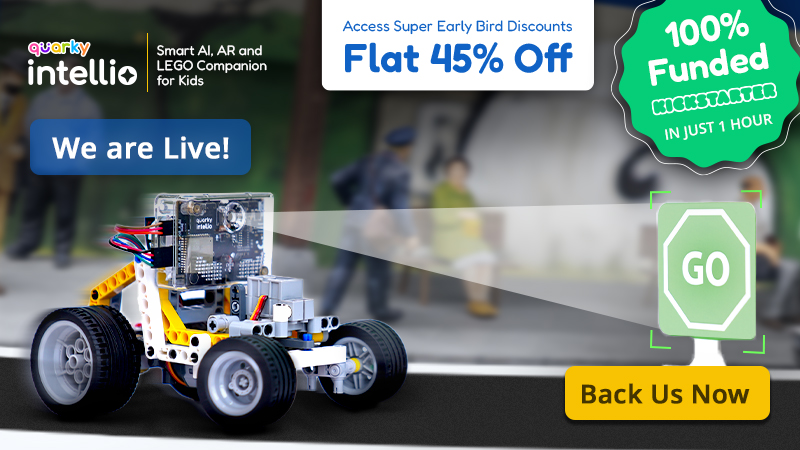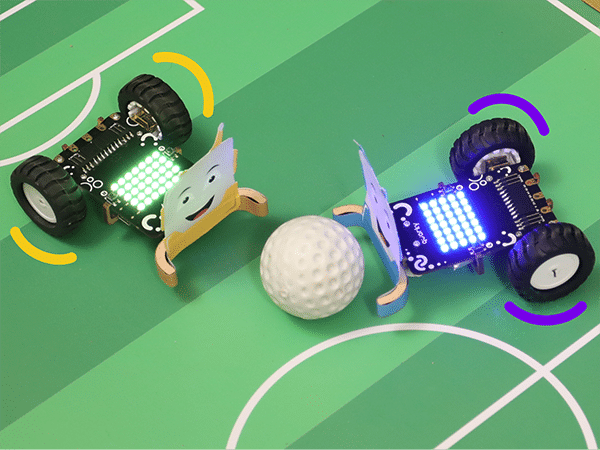
Class 10 – Coding, AI and Robotics Curriculum
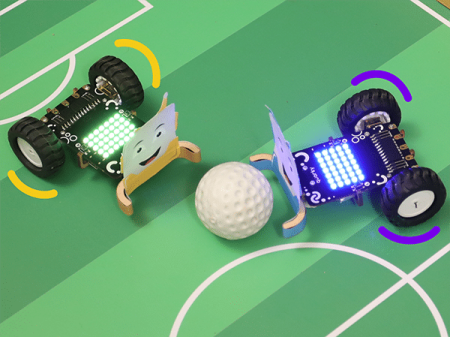
Introduction
Certified AI curriculum is aligned with international boards like CBSE / IB / IGCSE / ICSE / CSTA / CIE and specifically designed grade-wise AI syllabus for students of grade 10 to introduce them to technological activities in Artificial Intelligence, Robotics, Coding, and much more.
- Prerequisites: None
- Kits Required: AI & Robotics Lab, or AI Classroom Bundle
- Programming Software: PictoBlox (Block Coding)
Learning Outcomes
After completing this curriculum, students will have a basic understanding of robotics, coding, and artificial intelligence with the help of a wide variety of projects.
Apart from the aforementioned learning outcomes, this curriculum will also help them develop important skills such as problem-solving and debugging techniques, critical thinking, logical reasoning, and creativity.
Curriculum Lesson Plan
Module 1: Coding & Physical Computing
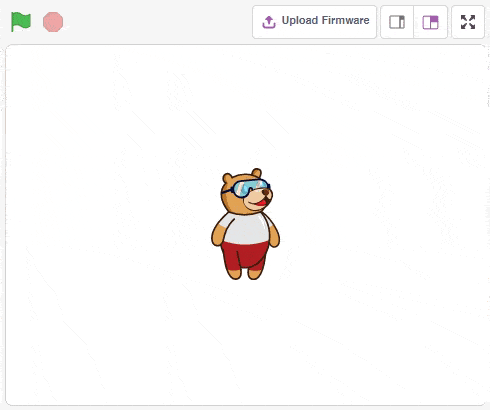
Lesson 1: Introduction to Python Programming
- Objective: Learn about the concept of programming, and it’s applications in the real world. Describe, about Python programming language, and how Python codes can be written in Pictoblox Python interface.
- Activity 1: This activity teaches how to Identify different sections of the PictoBlox Python interface as well as the palettes in it, and start their journey in coding.
- Mode: Practical (Coding Basics)

Lesson 2: Variables and Operators in Programming
- Objective: Learn about what are Operators and Variables in Python. Understand all the Operators and Data Types in Python.
- Activity 1: This activity teaches how to Create different types of basic models that with the use of operators and variables.
- Mode: Practical (Coding Basics)
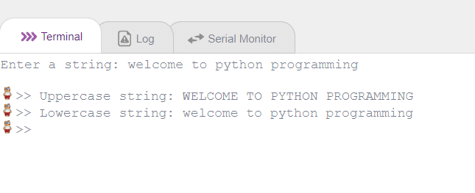
Lesson 3: Functions in Python
- Objective: Learn about what are functions, and why do we need variables in a programming language. Know about different types of functions.
- Activity 1: This activity teaches how to implement different user defined and mathematical functions. Code on your own to make your own functions and use them according to your nee
- Mode: Practical (Coding Basics)
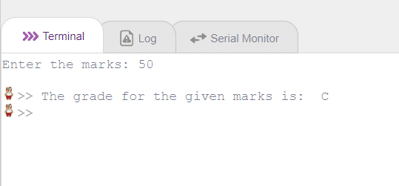
Lesson 4: Conditional Programming
- Objective: Learn about what is Conditional Programming, and why do we need it in a programming language. Understand how they are useful in real world problems.
- Activity 1: This activity teaches how to implement different types of Relational Operators in Python. Code on your own to make your own conditions and use them according to your needs.
- Mode: Practical (Coding Basics)

Lesson 5: Loops in Python- While Loop
- Objective: Learn about Loops in Code. How to initialize a while loop.
- Activity 1: This activity teaches the algorithm to create different types of models that require repetitive coding.
- Mode: Practical (Coding Basics)
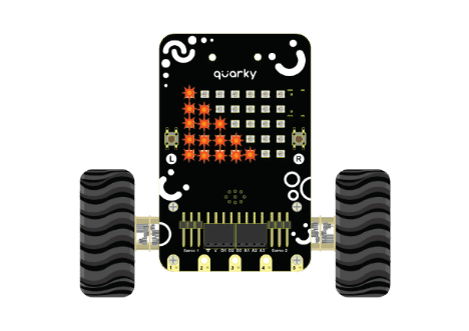
Lesson 6: For Loop- Drawing Shapes
- Objective: Learn about how we can use loops in Python. Understand more about for loops and how they are used.
- Activity 1: This activity teaches what are nested loops and how they are useful in certain conditions.
- Mode: Practical (Coding Basics)
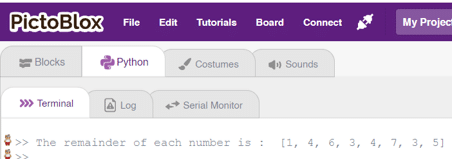
Lesson 7: Lists in Python
- Objective: Learn about how to make own remider calculator. Understand how to find vowels from string.
- Activity 1: This activity teaches to Learn about how to average the age of person.
- Mode: Practical (Coding Basics)

Lesson 8: Working with Strings
- Objective: Learn about Strings and how we can use them in Python language and different types of String Functions.
- Activity 1: This activity teaches how to Traverse a String and use loops to manipulate the strings.
- Mode: Practical (Coding Basics)
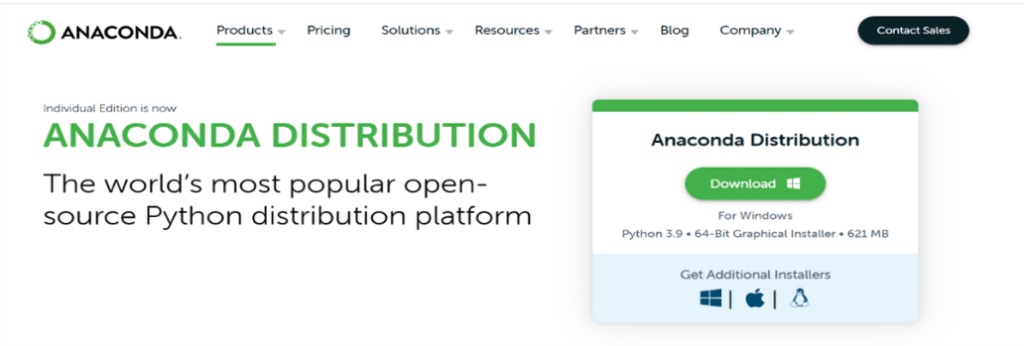
Lesson 9: Introduction to Anaconda Navigator
- Objective: Learn about use Anaconda Navigator. Learn about Jupyter Notebooks.
- Activity 1: This activity teaches how to code in Python in Jupter Notebooks.
- Mode: Practical (Coding Basics)
Module 2: Artificial Intelligence

Lesson 10: Introduction to Artificial Intelligence
- Objective: Learn about the concept of Artificial Intelligence. Learn about different concepts of AI.
- Activity 1: This activty teaches where AI is used in real world.
- Mode: Practical (Coding Basics)

Lesson 11: AI Project Cycle
- Objective: Learn about the AI project cycle. Understand the steps of the AI project cycle.
- Activity 1: This activity teaches the use of Sustainable Development Goals and Data Acquisition in the class.
- Mode: Practical (Coding Basics)

Lesson 12: AI Modelling
- Objective: Learn about the AI Modelling. Understand the steps of the AI Modelling.
- Activity 1: This activity teaches the use of Rule Based Learning and Neural Networks.
- Mode: Practical (Coding Basics)

Lesson 13: Introduction to Machine Learning Part -1
- Objective: Learn about Machine Learning Cycle.
- Activity 1: This activity teaches how to Creating image classification models in the PictoBlox ML Environment.
- Mode: Practical (Coding Basics)

Lesson 14: Introduction to Machine Learning Part -2
- Objective: Learn about Python functions to read and analyze images. How to print text in front of an image using opencv functions
- Activity 1: This activity teaches how to modify the code and the model that we have created in the previous chapter to take input for a new image altogether.
- Mode: Practical (Coding Basics)
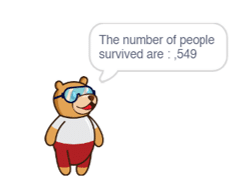
Lesson 15: Introduction to Data Science Part-1
- Objective: Learn about Data Acquisition, Data Pre Processing, and Numpy and Pandas Libraries of Python.
- Activity 1: This activity teaches Data Acquisition and Datasets, as well as Data Preprocessing and Data Encoding, through activities in class.
- Mode: Practical (Coding Basics)

Lesson 16: Introduction to Data Science Part-2
- Objective: Learn about what is Matplotlib. Define the applications of matplotlib library.
- Activity 1: This activity teaches different visualization graphs to understand the dataset more clearly.
- Mode: Practical (Coding Basics)

Lesson 17: LED Chase Game – Part 1
- Objective: Learn about what is Computer Vision. Define and explain the applications of Computer Vision.
- Activity 1: This activity teaches to create our own Celebrity Detection Model.
- Mode: Practical (Coding Basics)
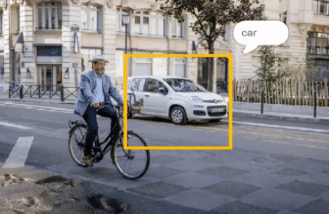
Lesson 18: Computer Vision Object Detection Part-2
- Objective: Learn about the basic steps used in Object Detection.
- Activity 1: This activity teaches to create our own object detection model.
- Mode: Practical (Coding Basics)

Lesson 19: Open-Source Computer Vision Part-1
- Objective: Learn about what is OpenCV. Define and explain the basic functionalities of OpenCV in Python.
- Activity 1: This activity teaches how to Create your own activity to manipulate an image using OpenCV.
- Mode: Practical (Coding Basics)

Lesson 20: Open-Source Computer Vision Part-2
- Objective: Learn about what are different OpenCV functions for Image Input Output and Image Processing.
- Activity 1: This activity teaches to Create your own code to manipulate image.
- Mode: Practical (Coding Basics)
Module 3: Robotics
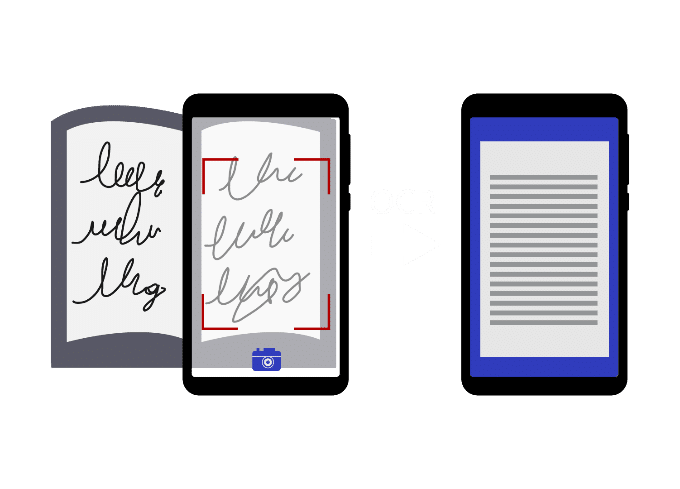
Lesson 21: Text Recognition Part-1
- Objective: Learn about what is OCR( Optical Character Recognition ), the different types of OCR.
- Activity 1: This activity teaches the basics of OCR (Optical Character Recognition) Technology and how we can use it to analyze and work on the recognizing text from images.
- Mode: Practical (Coding Basics)

Lesson 22: Text Recognition Part-2
- Objective: Learn about what is NLP. Explain the advantages of using NLP.
- Activity 1: This activity teaches how to Create your own model to recognize text from and image and process the text for their own purpose.
- Mode: Practical (Coding Basics)

Lesson 23: Speech Recognition
- Objective: Learn about what is Speech Recognition. Define and explain the applications of speech recognition models.
- Activity 1: This activity teaches how to Create your own Virtual Assistant to carry out basic functions from speech recognition.
- Mode: Practical (Coding Basics)
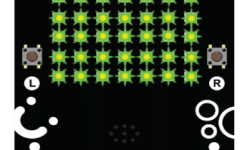
Lesson 24: Natural Language Processing
- Objective: Learn about what is NLP and explain the applications of NLP.
- Activity 1: This activity teaches to Create your own Audio Classifier and Create your own Speech Recognition Model.
- Mode: Practical (Coding Basics)
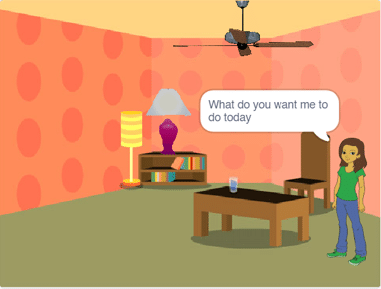
Lesson 25: Home Automation System
- Objective: Learn about what is Home Automation
- Activity 1: This activity teaches how to Create your own model for Home Automation System.
- Mode: Practical (Coding Basics)
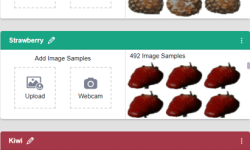
Lesson 26: Neural Networks
- Objective: Learn about what are Neural Networks. Define and state different types of neural networks.
- Activity 1: This activity teaches how to Create your own Fruits Classifier model in ML Environment and using Python.
- Mode: Practical (Coding Basics)
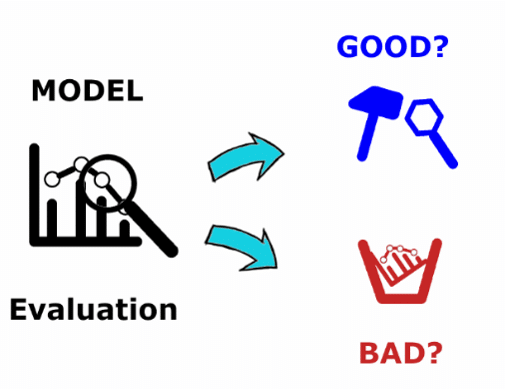
Lesson 27: Model Evaluation
- Objective: Learn about ifferent types of Model Evaluation Techiques. Define what is a Confusion Matrix and understand the basics.
- Activity 1: This activity teaches to the basics of model evaluation techniques and the basics of a confusion matrix.
- Mode: Practical (Coding Basics)

Lesson 28: Wirelessly Control Robot
- Objective: Learn about what are wirelessly controlled cars.
- Activity 1: This activty teaches how to Create and build your own wirelessly controlled robot.
- Mode: Practical (Coding Basics)

Lesson 29: Calibrating IR Sensor
- Objective: Learn about what are IR Sensors and how they work. Calibrate your own IR Sensors.
- Activity 1: This activity teaches the use of different sensor how to calibrate IR sensor in different light.
- Mode: Practical (Coding Basics)

Lesson 30: Line Following Robot
- Objective: Learn about the steps on how to create the Line Following Robot.
- Activity 1: This activity teaches how to Create and build your own Line Following Robot using Quarky.
- Mode: Practical (Coding Basics)
How to execute this curriculum?
If you are a school, activity center, or institution looking to implement the coding, Artificial Intelligence, and Robotics curriculum, you are then at the right place. STEMpedia provides the right ecosystem to implement it.
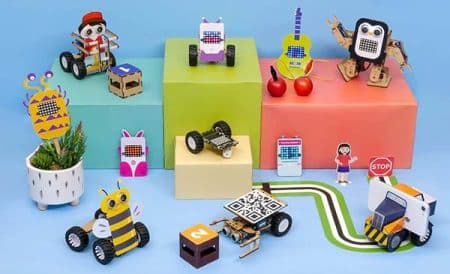
AI & Robotics Lab and Classroom Bundles
Equip your school with a Next-Gen AI laboratory along with the best AI-learning kits Quarky, DIY kits like Mars Rover and Humanoid, consumables, and hands-on projects and activities making your students AI learning journey superfun!
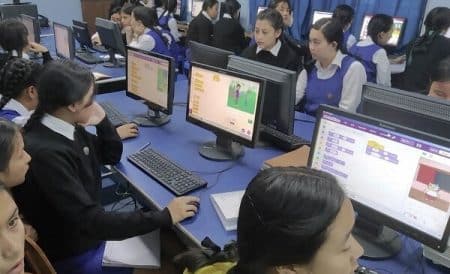
Coding and AI Platform
Get unlimited access to AI-ML projects like face detection, object classification, machine learning models, self-driving car, and speech recognition with PictoBlox – programming software for schools with Block & Python coding environment! Avail of premium features like bulk account creation and assignment submission with AI Lab.

Teacher Development Programs
For delivering Artificial Intelligence and Machine Learning education to students, our master AI trainers will train and upskill the computer science teachers, STEM faculty, and school IT staff. We provide dedicated live training sessions and curated short courses for teachers.

Structured Curriculum & Resources
Certified AI curriculum is aligned with international boards like CBSE/IB/IGCSE/ICSE/CSTA/CIE and specifically designed grade-wise AI syllabus for students of grades 3rd to 12th to introduce them to technological activities in Artificial Intelligence, Robotics, Coding, and much more.
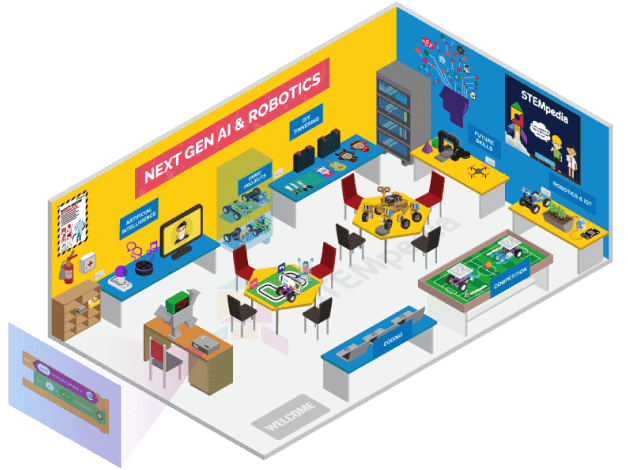
AI and Robotics Lab
Cubicle of knowledge offering AI & Robotics education with a comprehensive curriculum, interactive robots, hands-on projects, and real-life applications!
Contact Us
Implement this curriculum at your School / Activity Center!
Explore Other AI & Robotics Class-wise Curriculum





